Algorithmic Trading DMA An Introduction To Direct Access Trading Strategies
Algorithmic trading and Direct Market Access (DMA) are important tools helping both buy and sell-side traders to achieve best execution.
This book starts from the ground up to provide detailed explanations of both these techniques:
An introduction to the different types of execution is followed by a review of market microstructure theory. Throughout the book examples from empirical studies bridge the gap between the theory and practice of trading.
Orders are the fundamental building blocks for any strategy. Market, limit, stop, hidden, iceberg, peg, routed and immediate-or-cancel orders are all described with illustrated examples.
Trading algorithms are explained and compared using charts to show potential trading patterns. TWAP, VWAP, Percent of Volume, Minimal Impact, Implementation Shortfall, Adaptive Shortfall, Market On Close and Pairs trading algorithms are all covered, together with common variations.
Transaction costs can have a significant effect on investment returns. An in-depth example shows how these may be broken down into constituents such as market impact, timing risk, spread and opportunity cost and other fees.
Coverage includes all the major asset classes, from equities to fixed income, foreign exchange and derivatives. Detailed overviews for each of the world's major markets are provided in the appendices.
Order placement and execution tactics are covered in more detail, as well as potential enhancements (such as short-term forecasts), for those interested in the specifics of implementing these strategies.
Cutting edge applications such as portfolio and multi-asset trading are also considered, as are handling news and data mining/artificial intelligence.


 8Likes
8Likes LinkBack URL
LinkBack URL About LinkBacks
About LinkBacks


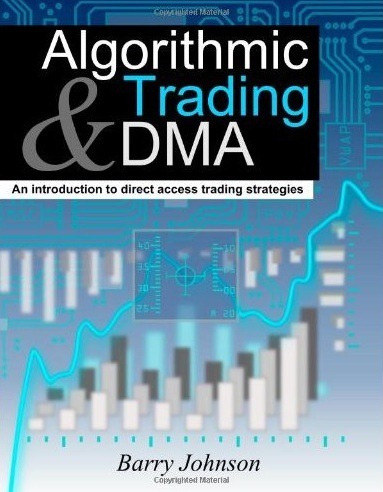





 Reply With Quote
Reply With Quote



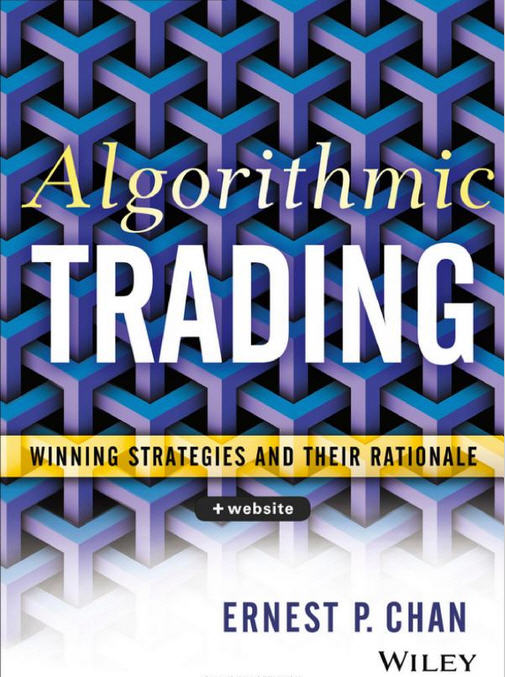
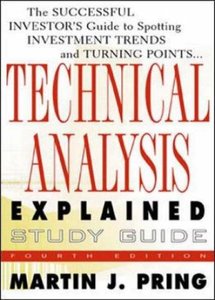
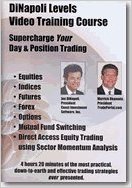
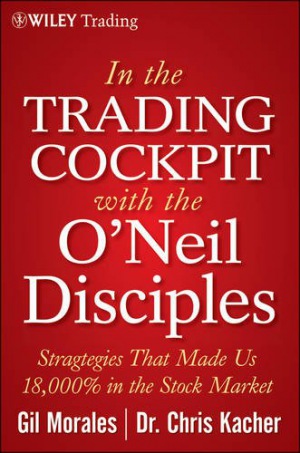
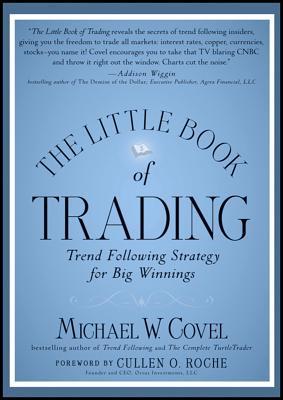
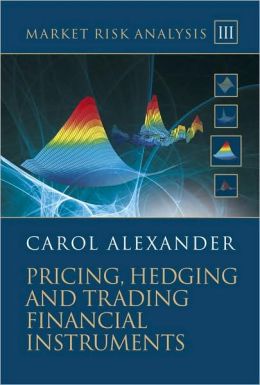


Bookmarks